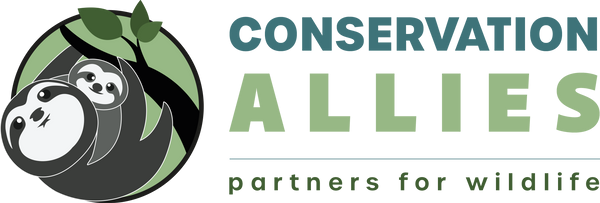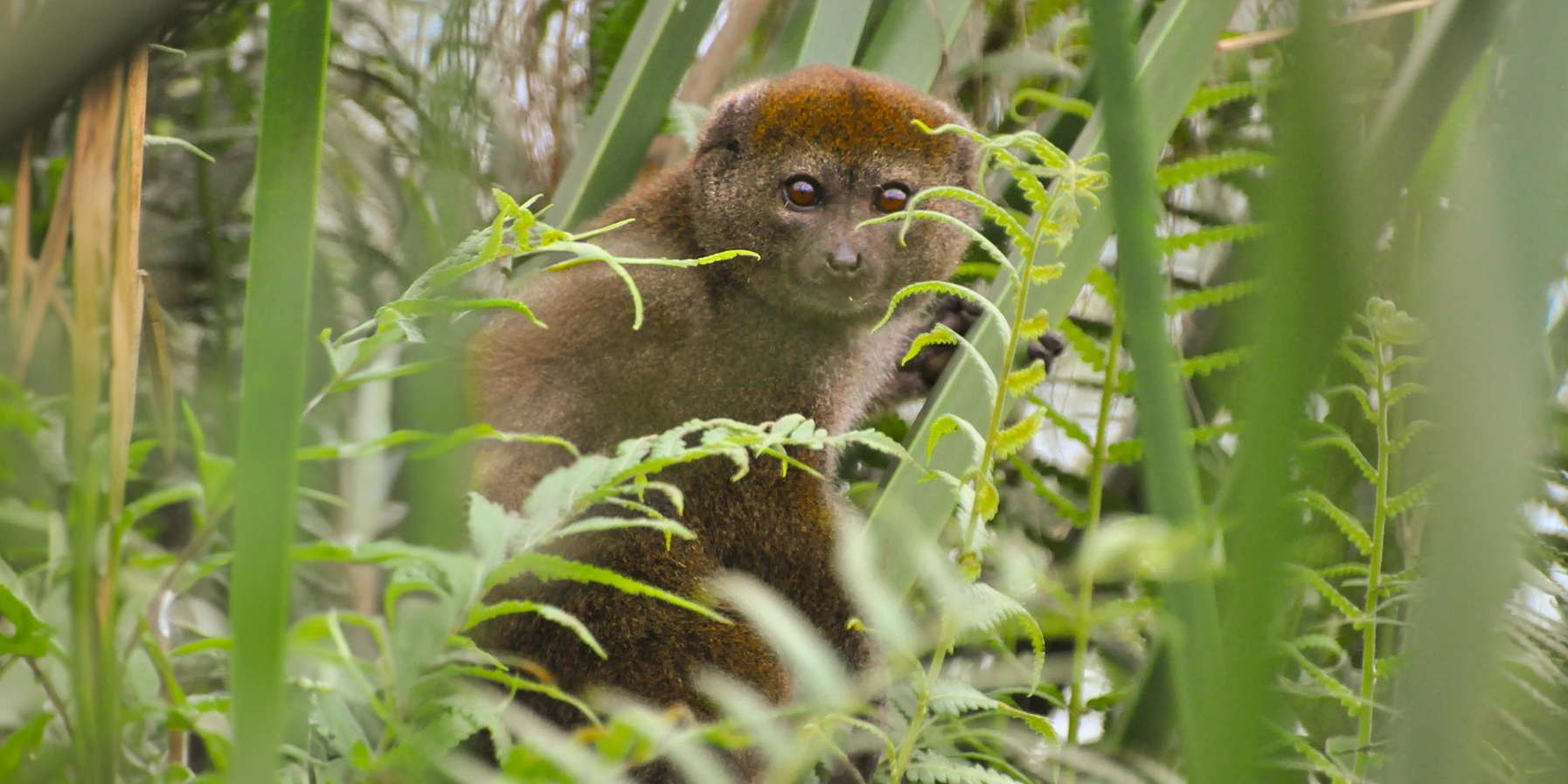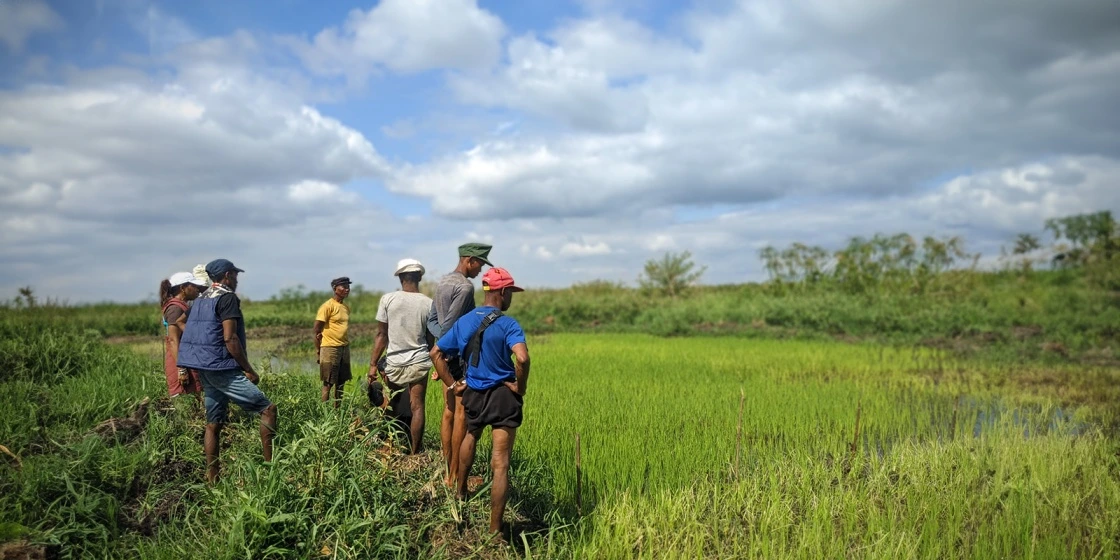Madagascar Wildlife Conservation

Verified for authenticity Learn More
IMPACT PROMISE 
Our Partners are carefully selected due to their high conservation impact
Appeal Snapshot
Partner:
Location:
Category:
- Ecotourism
- Environmental Education
- Scientific Research
Urgent Appeals:
Date Founded:
2003
Partner Qualifications:
Verified Partner
One of Conservation Allies' staff or trusted advisors has visited this organization and verified its work and impact.Legally Constituted
This organization is formally constituted and is a legally recognized non-profit in its country of origin. Top AccountabilityOur experienced team has rigorously reviewed the organization's annual accounts. Learn More
Top AccountabilityOur experienced team has rigorously reviewed the organization's annual accounts. Learn MoreEffective Impact
We recognize this Partner for their tremendous efforts to make a difference for wildlife and local communities, as well as welcome technical support from Conservation Allies to improve and scale up their impact.Conservation Action Heroes
We recognize this Partner for their high level of engagement with the Conservation Allies team and their demonstration of a clear commitment to our collective mission of making a real difference and having a major impact on wildlife and communities where it is needed most.
About Madagascar Wildlife Conservation
Madagascar Wildlife Conservation (MWC) is a Malagasy non-profit organization that is leading a variety of conservation initiatives in Alaotra Lake, with the overarching aim of saving the Critically Endangered Alaotran gentle lemur from extinction. Their longterm initiatives include biodiversity conservation and research, environmental education, implementing mechanisms for sustainable resource use, and ecotourism development. MWC co-manages the special conservation zone and leads successful restoration activities in Park Bandro, home to the largest sub-population of the Alaotran gentle lemur.
Their Challenges
With more than 550,000 people living around the lake, human pressure on the Ramsar site is high. The main economic drivers are fisheries and rice production and the human population has increased more than 6-fold in the past 40 years. During the same period, agricultural output has dropped to about 40% of its former level. As usable land is decreased, more people are entering the marshes to establish rice fields. Bush-meat hunting in the marshes for Alaotran gentle lemur has also been reported to be on the rise again in recent years. It is broadly recognized that due to low yields, marshland transformation is used to expand areas under cultivation, creating a self-reinforcing cycle of declining yields to continued deforestation and land transformation.
Their Approach
MWC works closely with public primary schools to promote environmental awareness into school curricula, advocating for interactive and experiential learning to aid understanding of and interest in the natural world. In the past few years, educational outreach has been increased to include natural resource users and associations. MWC further works with Alaotra’s farmers and fishers to develop sustainable agricultural/fishing practices and to promote the creation of alternative revenue sources to alleviate pressure on the natural environment from traditional slash and burn agriculture and overfishing. MWC is also leading the local community in ecotourism to link conservation efforts with development and to generate alternative incomes for the community, facilitating and moderating conservation and environmental education workshops with and for various stakeholder groups, and hosting conservation-focused community meetings. They work to prevent illegal activities, such as bush-meat trapping and the conversion of wetlands to agricultural lands. Additional projects include marsh restoration and community outreach.
Why They Need Your Help
MWC is seeking your support for the following activities:
- Ensuring intensive patrolling to protect the Alaotran gentle lemur and monitor its population.
- Expanding marshland conservation efforts through local community outreach
- Providing livelihood opportunities for local community members
- Improving marsh vegetation structure around Alaotra
- Strengthening law enforcement to stop illegal Alaotran gentle lemur hunting and the conversion of marshlands into rice fields.
MWC is reliant upon donations to continue their critical work of saving the Alaotran gentle lemur and the surrounding habitats.
Conservation Allies charges no overhead fees or administration costs, meaning 100% of your donation goes directly to the Partner or Project of your choice. All donations made from the United States are fully tax-deductible.


